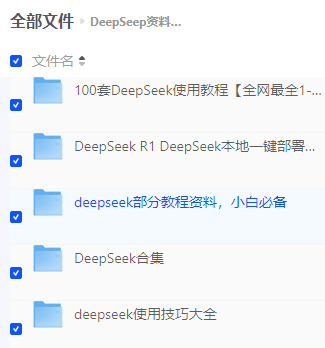详解Jenkins Pipeline 中git 命令的使用方法_jenkins pipeline git

在 Jenkins Pipeline 中,git 命令是用于从版本控制系统(如 Git)拉取代码的核心步骤。其用法灵活,支持多种配置参数,但需要遵循 Jenkins 流水线语法规范。
一、基础语法
1. 声明式流水线(Declarative Pipeline)
pipeline { agent any stages { stage(\'Clone Code\') { steps { git( url: \'https://github.com/user/repo.git\', branch: \'main\', credentialsId: \'your-credentials-id\', extensions: [ [$class: \'CloneOption\', depth: 1, timeout: 10] ] ) } } }}2. 脚本式流水线(Scripted Pipeline)
node { stage(\'Clone Code\') { checkout([ $class: \'GitSCM\', branches: [[name: \'main\']], userRemoteConfigs: [[ url: \'https://github.com/user/repo.git\', credentialsId: \'your-credentials-id\' ]], extensions: [ [$class: \'CloneOption\', depth: 1, timeout: 10] ] ]) }}二、核心参数详解
1. 必选参数
urlhttps://github.com/user/repo.gitbranchmain、dev,或使用通配符 */main2. 可选参数
credentialsIdchangelogtrue)polltrue,用于触发构建)3. 扩展参数(extensions)
通过 extensions 配置高级克隆行为,常用选项:
CloneOptiondepth: 1 表示仅克隆最近一次提交SubmoduleOptionrecursive: true 递归克隆子模块SparseCheckoutPathsLocalBranchlocalBranch: \'main\'三、实战场景示例
1. 克隆私有仓库(SSH 密钥认证)
git( url: \'git@github.com:user/private-repo.git\', branch: \'dev\', credentialsId: \'ssh-key-credential-id\', extensions: [ [$class: \'CloneOption\', depth: 1] ])2. 克隆指定标签(Tag)
git( url: \'https://github.com/user/repo.git\', branch: \'refs/tags/v1.0.0\', // 指定标签 credentialsId: \'cred-id\')3. 稀疏检出(仅拉取特定目录)
git( url: \'https://github.com/user/repo.git\', branch: \'main\', extensions: [ [$class: \'SparseCheckoutPaths\', sparseCheckoutPaths: [[path: \'src/\']]] ])4. 递归克隆子模块
git( url: \'https://github.com/user/repo.git\', branch: \'main\', extensions: [ [$class: \'SubmoduleOption\', recursive: true] ])四、凭证管理(Credentials)
1. 创建凭证
-
进入 Jenkins > Manage Jenkins > Credentials
-
添加凭证类型:
-
Username with Password:HTTP(S) 仓库认证
-
SSH Username with Private Key:SSH 仓库认证
-
2. 在流水线中引用
git( url: \'https://github.com/user/repo.git\', credentialsId: \'your-credential-id\' // 与 Jenkins 凭证管理中显示的 ID 一致)五、常见错误及解决
1. No such credentialsId
-
原因:凭证 ID 不存在或权限不足
-
解决:检查凭证配置并确保流水线有权访问该凭证
2. Branch not found
-
原因:分支名称拼写错误或远程仓库无此分支
-
解决:确认分支存在,或使用通配符
*/main
3. Permission denied (publickey)
-
原因:SSH 密钥配置错误
-
解决:检查私钥格式(需为 PEM 格式)及凭证绑定
4. Timeout after 10 minutes
-
原因:网络不稳定或仓库过大
-
解决:增大
CloneOption中的timeout值(单位分钟)
六、高级技巧
1. 动态分支选择
使用参数化构建动态指定分支:
pipeline { parameters { string(name: \'BRANCH\', defaultValue: \'main\', description: \'Target branch\') } stages { stage(\'Clone\') { steps { git( url: \'https://github.com/user/repo.git\', branch: params.BRANCH ) } } }}2. 多仓库克隆
多次调用 git 命令拉取多个仓库:
steps { dir(\'frontend\') { git(url: \'https://github.com/user/frontend.git\', branch: \'main\') } dir(\'backend\') { git(url: \'https://github.com/user/backend.git\', branch: \'dev\') }}七、最佳实践
-
使用
depth: 1加速克隆
仅拉取最新提交,减少构建时间(适用于不需要历史记录的场景)。 -
避免硬编码凭证
通过 Jenkins 凭证管理动态注入敏感信息。 -
定期清理工作区
在 Pipeline 开头添加cleanWs()清理旧文件,避免残留数据干扰。 -
检查 Git 插件版本
确保Git Plugin为最新版本。


